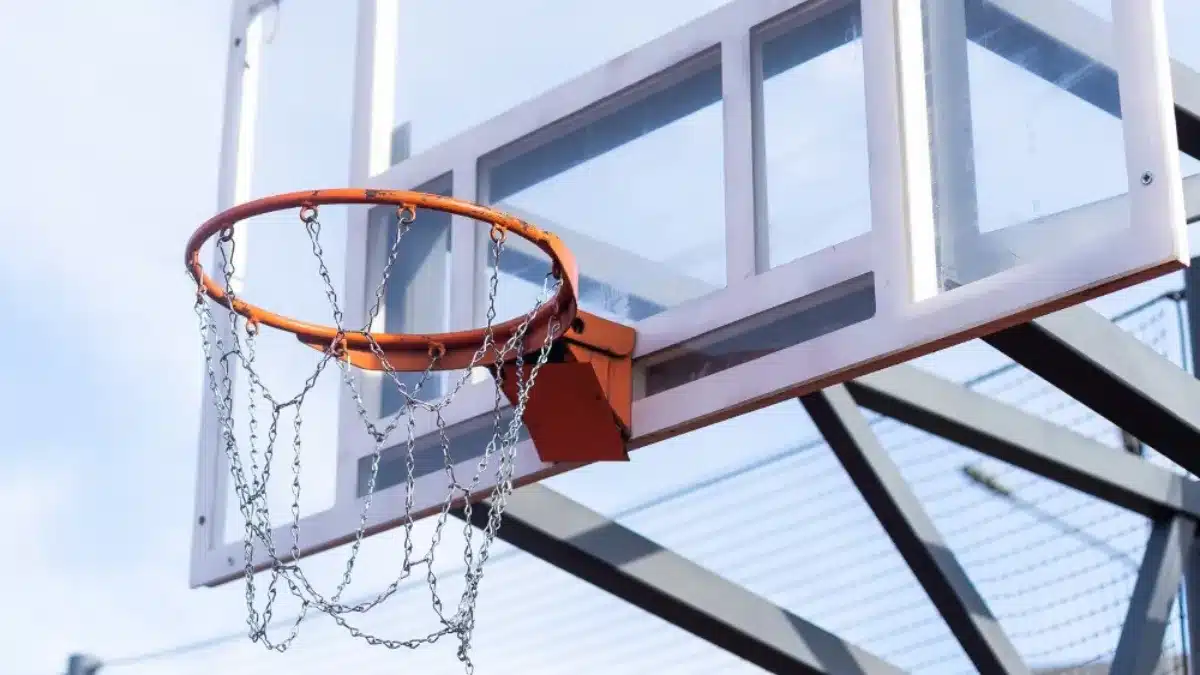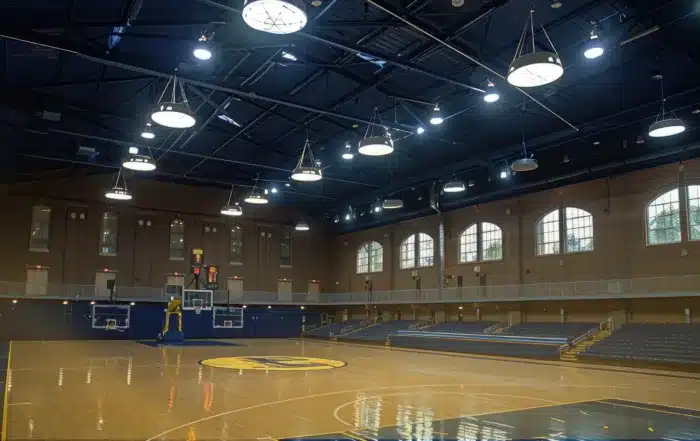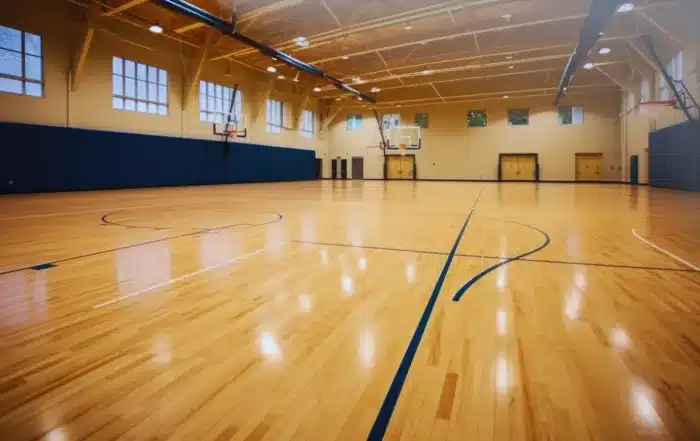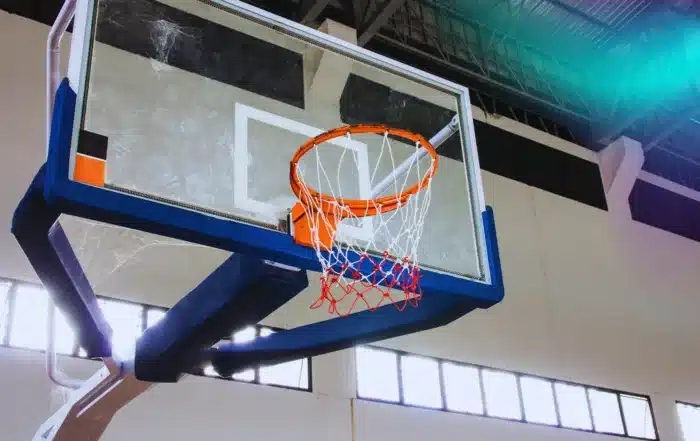
Selecting the right backboard for your basketball court is a crucial decision that impacts play quality, durability, and overall enjoyment. Two of the most popular choices are acrylic and glass backboards. So, which one should you choose? Let’s break down the pros, cons, and key considerations for each material to help you make an informed choice, whether you’re equipping a home gym, school gymnasium, or community center.
Understanding the Basics: Glass and Acrylic Backboards
- Tempered glass backboards are made from hardened safety glass. This is the material used in professional gyms and NBA courts.
- Acrylic backboards are constructed from a clear, strong plastic material designed to mimic the look of glass but with different play characteristics.
Performance and Play Experience
Rebound Quality
- Glass Backboards: Offers the best rebound—the ball bounces off with high energy, just like in professional games.
- Acrylic Backboards: Softer rebounds; the backboard flexes slightly on impact, absorbing some energy
Clarity
- Glass Backboards: Maintains crystal-clear transparency and does not yellow over time
- Acrylic Backboards: May yellow after prolonged exposure to sunlight, but start clear and attractive.
Professional Feel
- Glass Backboards: Used in NCAA, NBA, and most high-level competitions for authentic gameplay.
- Acrylic Backboards: Suitable for recreational and casual play.
Durability and Resilience
- Glass Backboards: While strong, tempered glass can chip or crack if struck by hard objects. Glass’s rigidity makes it less forgiving to rough play and potential vandalism.
- Acrylic Backboards: Far more shatter-resistant and flexible. Acrylic is less likely to break from impacts, making it ideal for outdoor courts or areas prone to rough use.
If durability is your main concern, then acrylic is the way to go, as it is the most durable out of the two backboard types.
Cost Considerations
- Glass Backboards: Generally more expensive due to higher material and manufacturing costs. However, the investment pays off if you want the best game quality and long-term clarity.
- Acrylic Backboards: More affordable, especially in the thinner varieties. Prices increase with thickness, but even thicker acrylic backboards cost less than their glass counterparts.
Best Use Case Scenarios
Choose Glass If:
- You want a professional, gym-quality experience.
- You prioritize rebound quality and clarity.
- The court is indoors and protected from vandalism.
Choose Acrylic If:
- Durability and shatter-resistance are top priorities.
- The court is outdoors or subject to heavy use.
- You have budget constraints, but still want a clear, visually appealing backboard.
Additional Tips for Gymnasium Safety and Comfort
If you’re upgrading or installing new basketball systems, don’t overlook the importance of related equipment like gymnasium wall padding. Searching for “gymnasium wall padding near me” can help you find reputable local suppliers. Wall padding not only enhances the safety of players but also protects your facility’s walls from damage during intense play.
Final Thoughts
Both glass and acrylic backboards offer unique benefits. Glass provides the premium, pro-level experience expected in competitive environments, while acrylic shines in durability and versatility, especially for outdoor or high-traffic courts. Consider your primary needs, budget, and the environment of your court when making your decision.
For more advice or to discuss your gym equipment needs—including finding the best gymnasium wall padding near you—contact MW Billings, Inc. Our team is here to help you create a safer, high-performing, and enjoyable basketball experience for every player.


